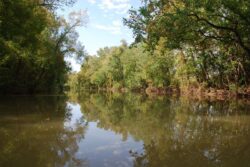Art
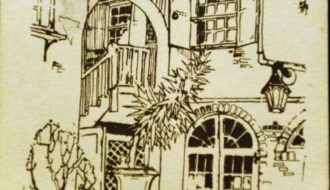
Arts and Crafts Club of New Orleans
Between 1922 and 1951, the Arts and Crafts Club of New Orleans worked to enrich and expand the city’s artistic heritage and served as one of its cultural centers.

Between 1922 and 1951, the Arts and Crafts Club of New Orleans worked to enrich and expand the city’s artistic heritage and served as one of its cultural centers.
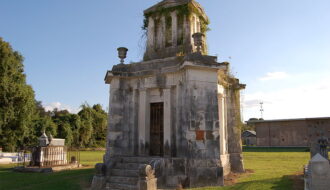
This Catholic cemetery in Donaldsonville was laid out in a grid plan shortly after the church parish was founded in 1772.
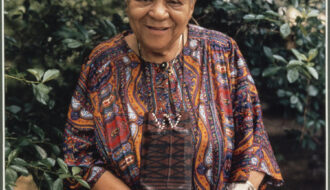
Due to her tireless grassroots organizing efforts, Audley Moore was known as “Queen Mother” of the Black Freedom Movement and the modern reparations movement.
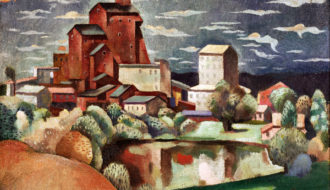
Located in Iberia Parish, Avery Island, the largest of five salt domes along the Louisiana coast, is the home of the McIlhenny Company, maker of Tabasco brand products for more than 140 years.
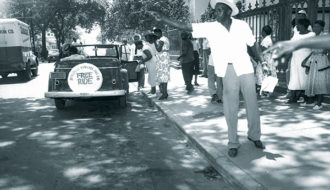
The 1953 Baton Rouge Bus Boycott was an organized, eight-day long protest of the segregated seating system on city buses.

The Baton Rouge Bus Boycott of June 1953 lasted eight days and became a model for organizers of the 1955 Montgomery Bus Boycott.
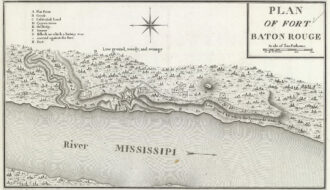
Spanish colonial capture of British forts on the Mississippi River during the American Revolutionary War provided significant strategic and symbolic victories.
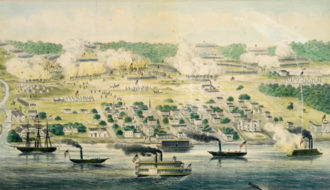
Union and Confederate troops fought to secure the strategic town on the Mississippi River.
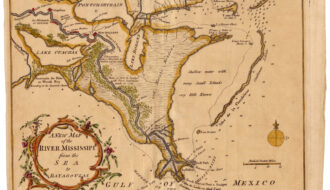
The Battle of Lake Pontchartrain took place during the American Revolutionary War and ended British control of inland lakes and waterways near Spanish New Orleans.
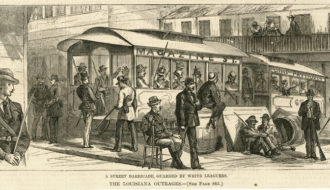
The Battle of Liberty Place, September 14, 1874, effectively brought an end of Reconstruction policies in Louisiana.
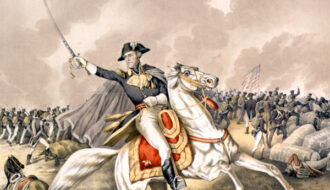
The Battle of New Orleans, fought on January 8, 1815, was the culmination of a monthlong series of skirmishes between US and British forces in southern Louisiana; it was the final major engagement of the War of 1812.
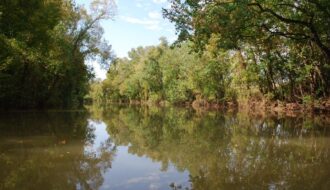
Before railroads and highways, Bayou Teche served as an important transportation route deep into the fertile interior of south-central Louisiana.
One-Year Subscription (4 issues) : $25.00
Two-Year Subscription (8 issues) : $40.00
